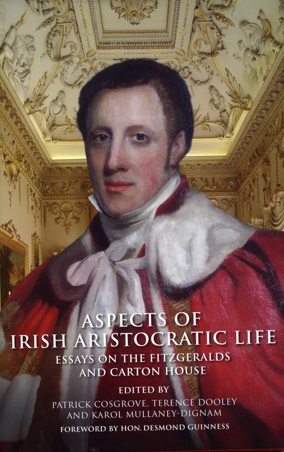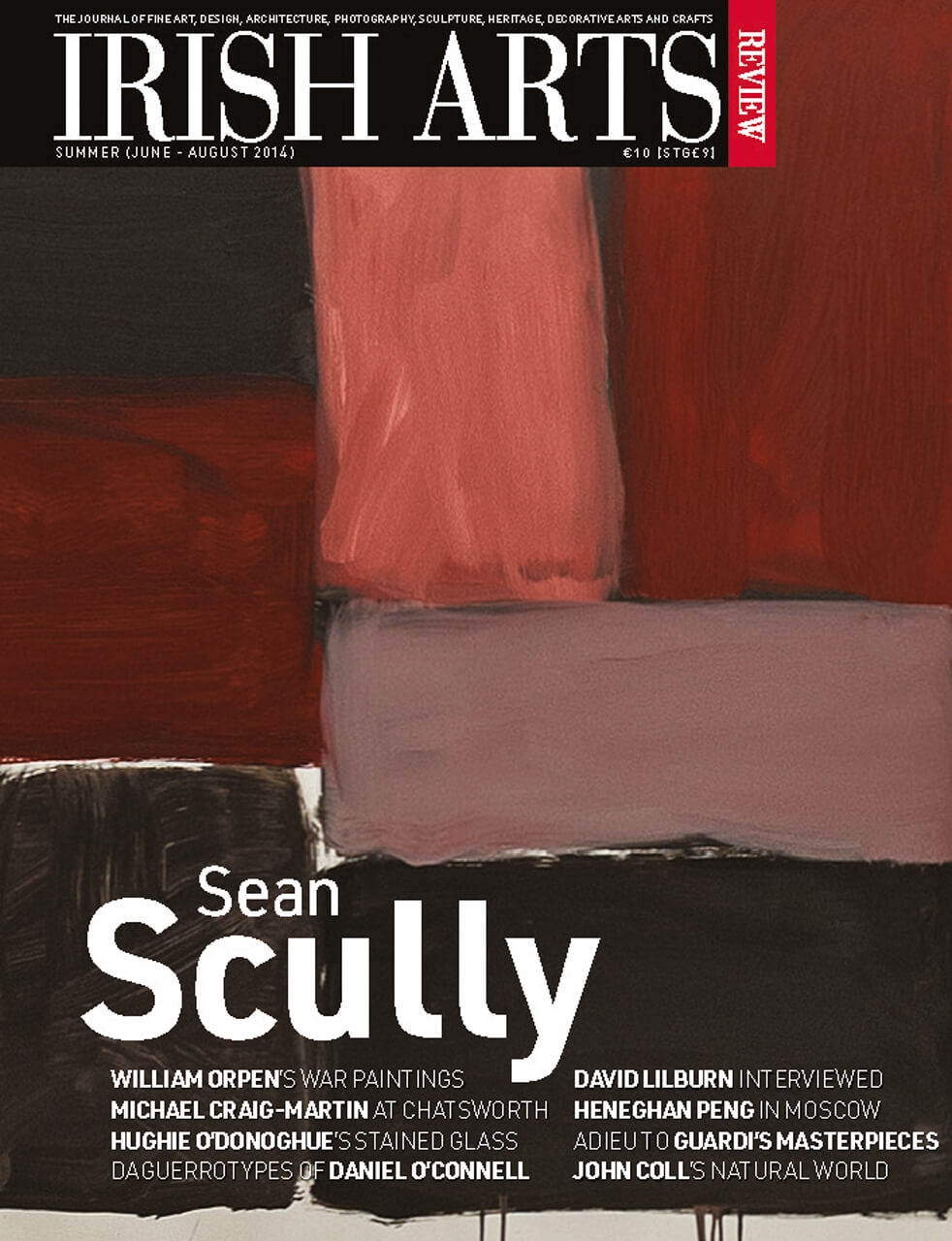

PATRICK COSGROVE, TERENCE DOOLEY AND KAROL MULLANEY-DIGNAM (EDS)
UCD Press, 2014
pp 240 fully illustrated h/b
€50.00/ £42.50 ISBN: 978-1-906359-71-3
Patricia McCarthy
This collection of essays emanates from a conference held, appropriately, at Carton House in 2010, organized by the Centre for the Study of Historic Houses and Estates at NUI Maynooth. They explore the rise and fall of the FitzGeralds of Kildare from their arrival with the Anglo-Normans in 1169, and how, as a family and large landowners, they charted their course politically, economically, culturally and socially through the following 800 years. The nineteen essays are presented chronologically, after a survey history of the FitzGerald family from 1169 to 2013 by Terence Dooley, beginning with Raymond Gillespie’s discussion of the creation of the manor of Maynooth, and Mary Anne Lyons‚’ chapter on the rise of the FitzGerald dynasty up to the 10th earl, Silken Thomas, and their dramatic fall from grace and loss of Maynooth Castle in 1534.
From the earliest times, the FitzGeralds carefully nurtured their image, managing to steer successfully a course between the Gaelic Irish and the English. They entertained lavishly, furnished their homes richly and married judiciously, managing to maintain links with the English court. Colm Lennon writes that the earls employed bards and musicians to strengthen Gaelic support, and even retained their own archivist and historian. The acquisition of Carton in 1739 and the creation of its demesne, together with essays on life in Carton, on paintings commissioned and silver acquired, mark the arrival of the FitzGeralds once again at the apex of their wealth and influence that lasted until 1798.
In his assessment of primary sources on Lord Edward FitzGerald, Liam Chambers examines a large tranche of material from numerous sources that have come together in the National Library in recent years. Rejecting ideas of political naivety, Chambers argues that the revolutionary convictions of this young nobleman developed from his family’s complex political background, and from the impact of the French Revolution: that, as time went by, Edward became increasingly militant, very much his own man, and convinced of the rightness of his political convictions. Perhaps Cornwallis was not too wide of the mark when he described Edward as ‘the great author and contriver‚’ of the rebellion.
There is much of interest in this well-presented book that will hopefully encourage further research. It is a tribute to the authors, all of whom, with the help of their editors, have combined their scholarship to create a narrative that unfolds fairly seamlessly.
Patricia McCarthy is an architectural historian and author of A Favourite Study: Building the Kings Inns (2006).



